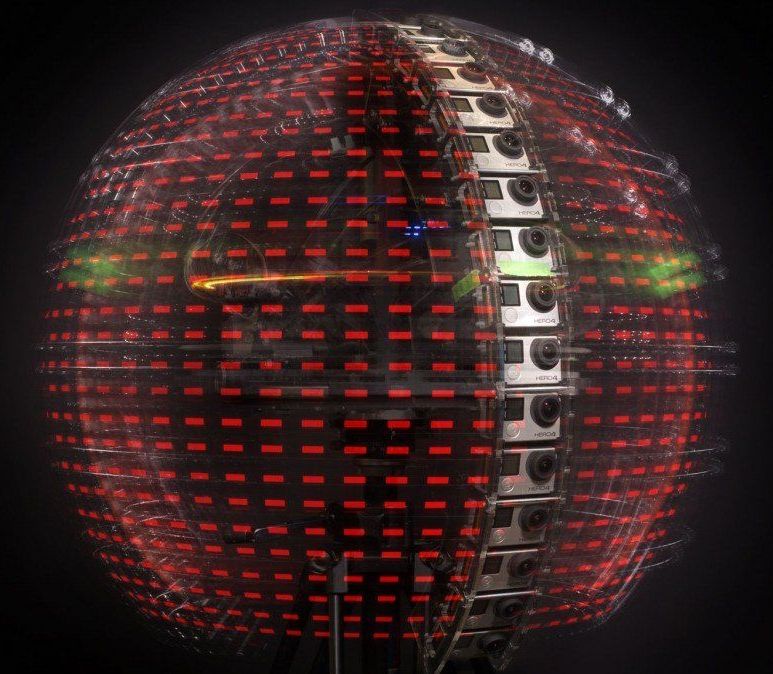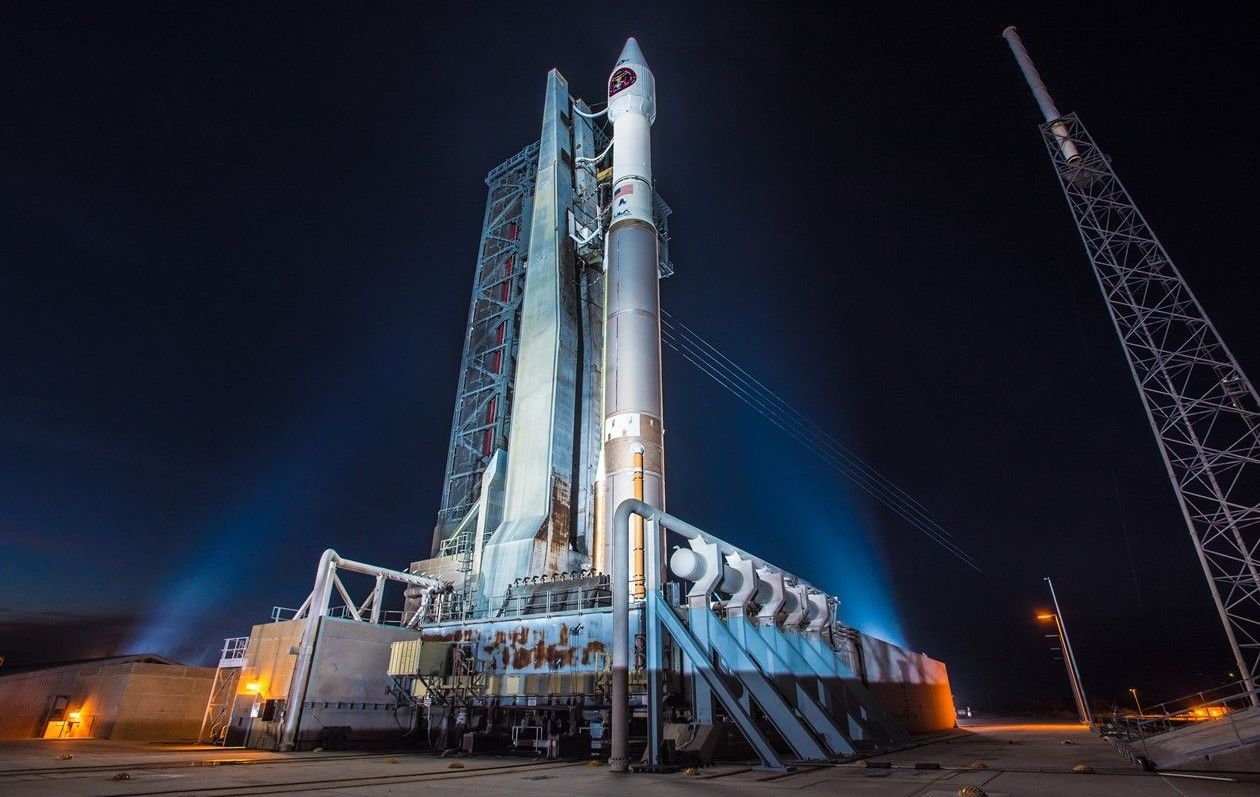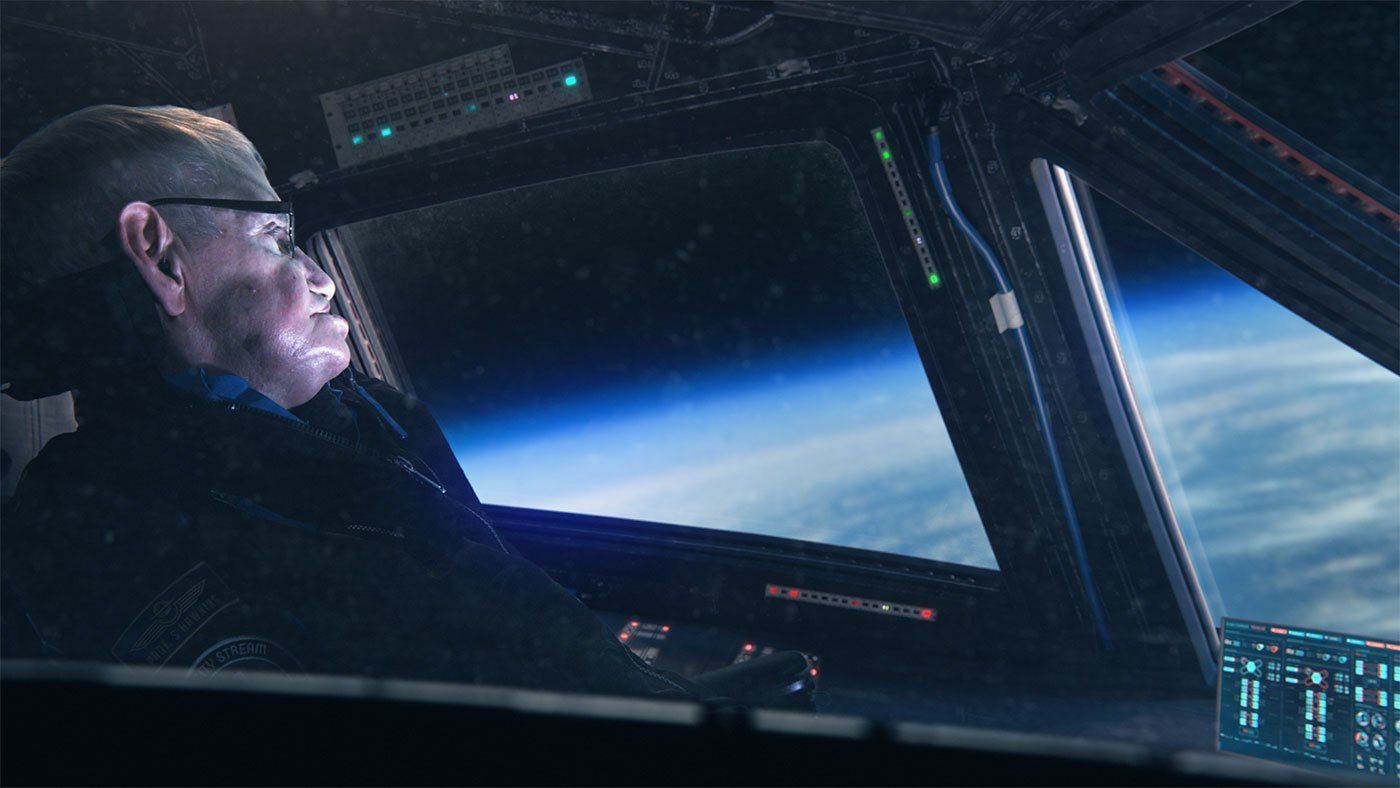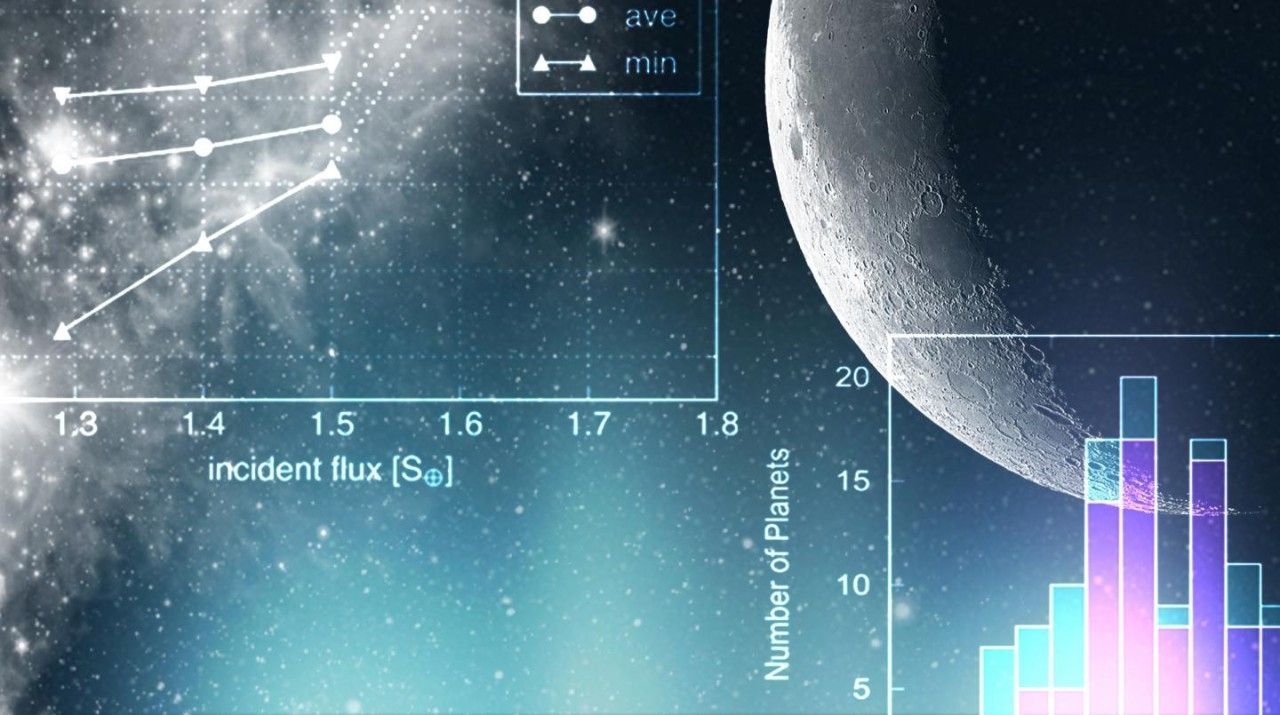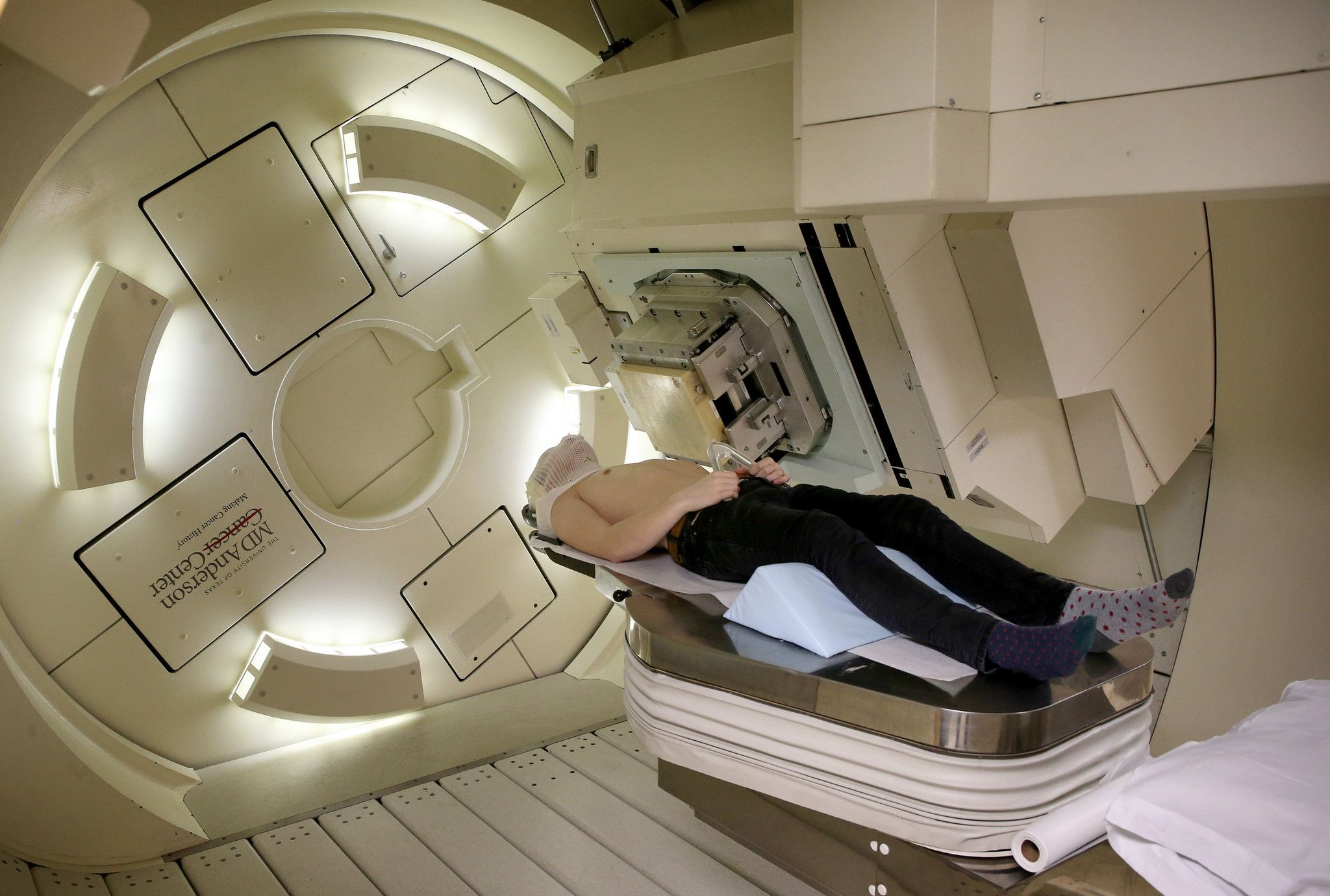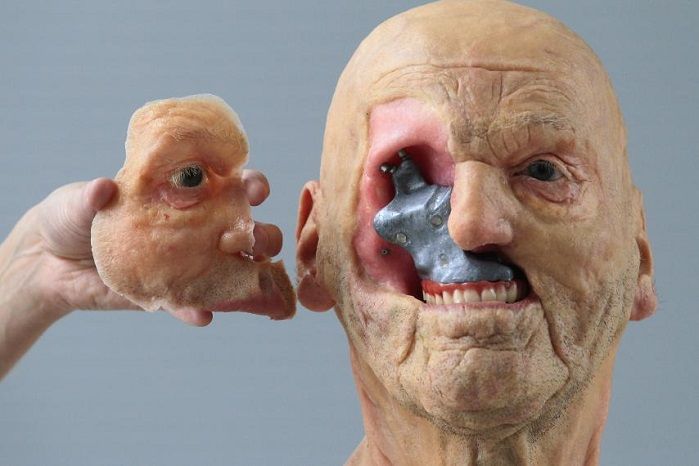Mar 14, 2018
VR is still a novelty, but Google’s light-field technology could make it serious art
Posted by Shane Hinshaw in categories: habitats, space travel, virtual reality
I recently got a private tour of a NASA space shuttle’s cockpit, a quirky mosaic-covered LA home, and a peaceful chapel with light streaming through ornate stained-glass windows—all without leaving my chair.
That chair was in an office at Google’s Silicon Valley headquarters, and I was wearing an HTC Vive virtual-reality headset on my face. But because these places were filmed with a high-resolution prototype camera that reproduces some of the key cues we use to understand depth in the real world, it felt more like actually being there than anything I’ve experienced with any other live-action VR. Which is to say it was pretty damn cool.
I could peer around the seats in the space shuttle Discovery, revealing buttons and switches on the walls of the cockpit that were previously obscured. As I looked closely at mirrored bits of tile on the outside of the mosaic house, I glimpsed reflections of other tiles in the background and saw a dizzying display of shapes and patterns. In the chapel, I gazed at the floor, and the colorful sunbeams moved as I did.
